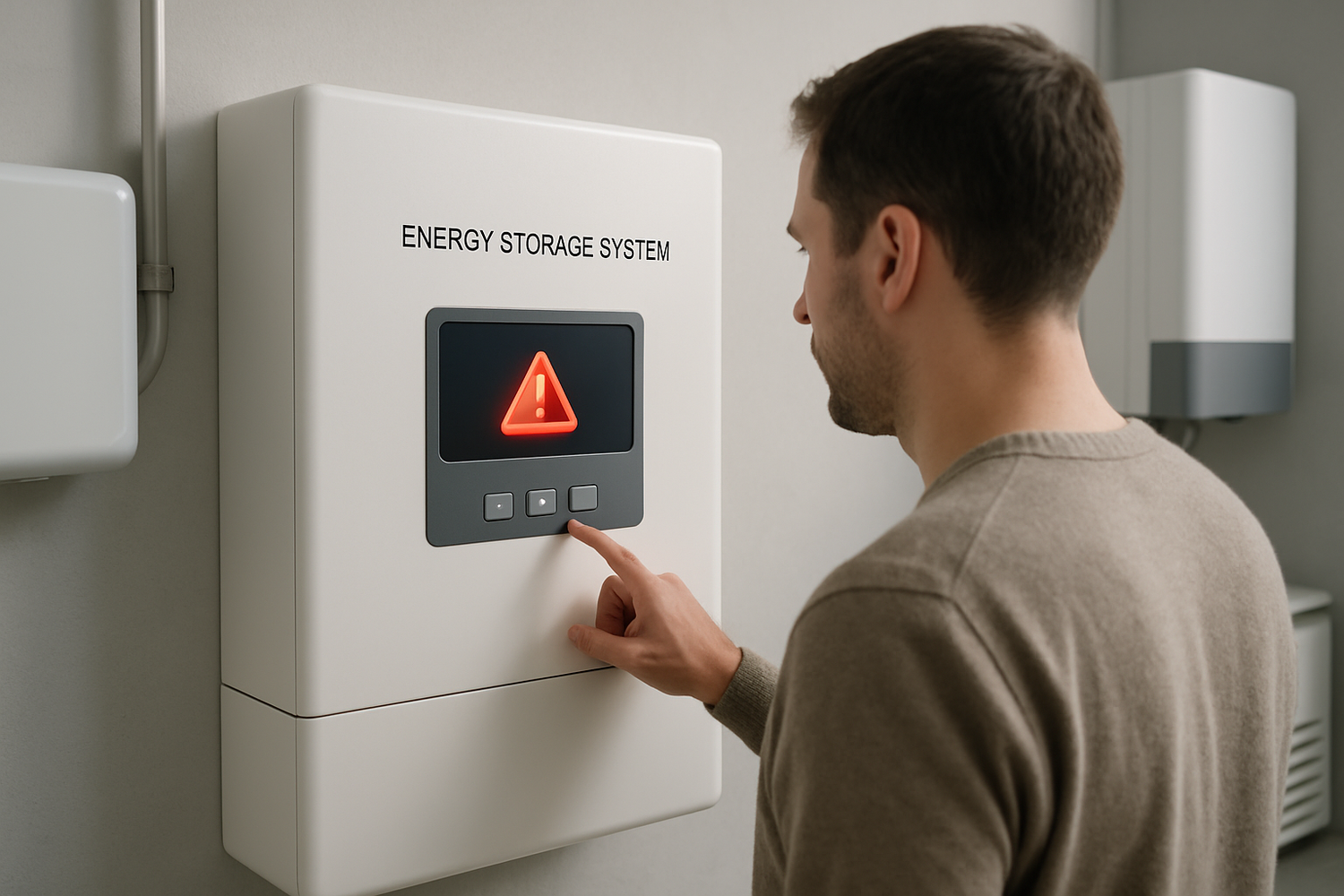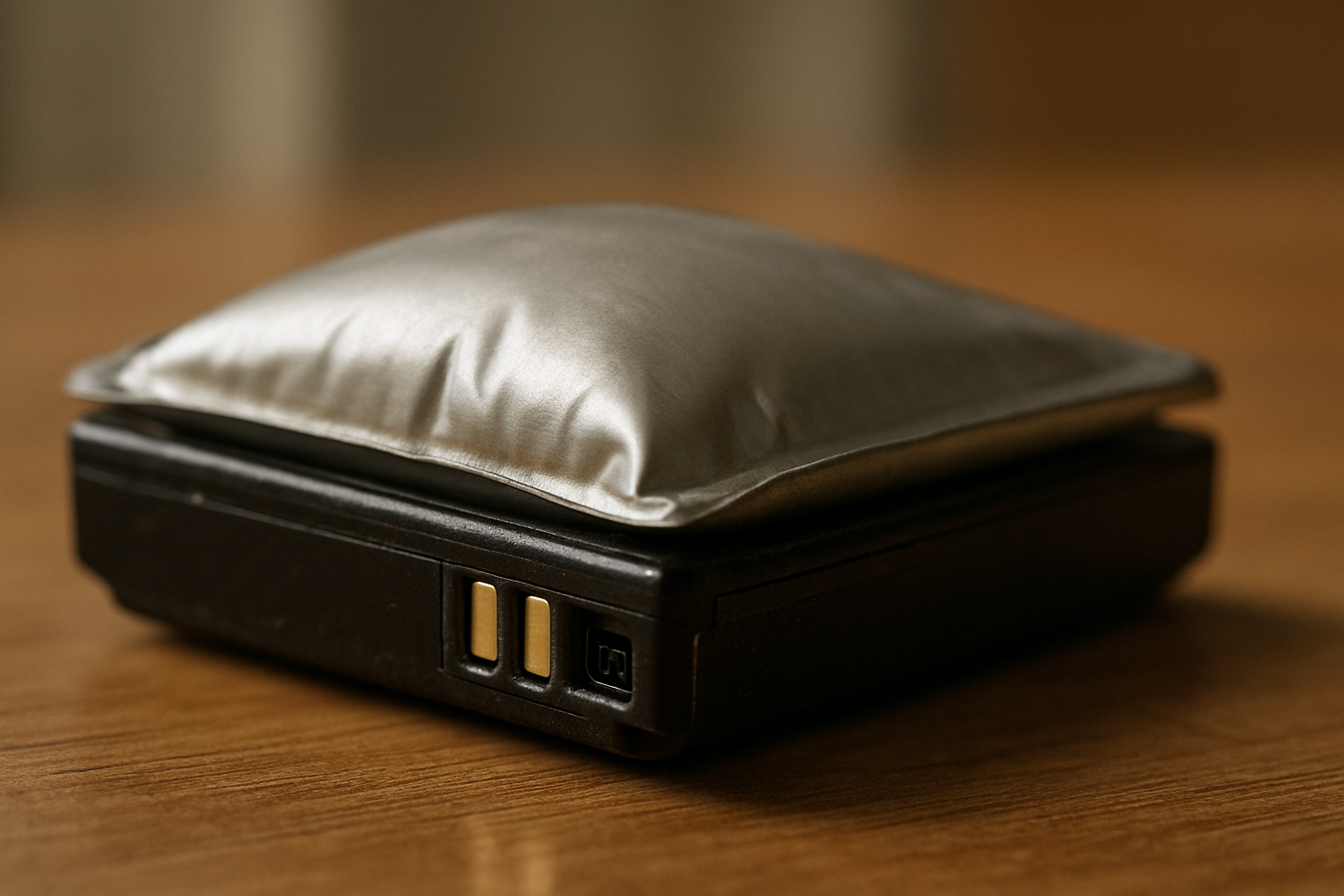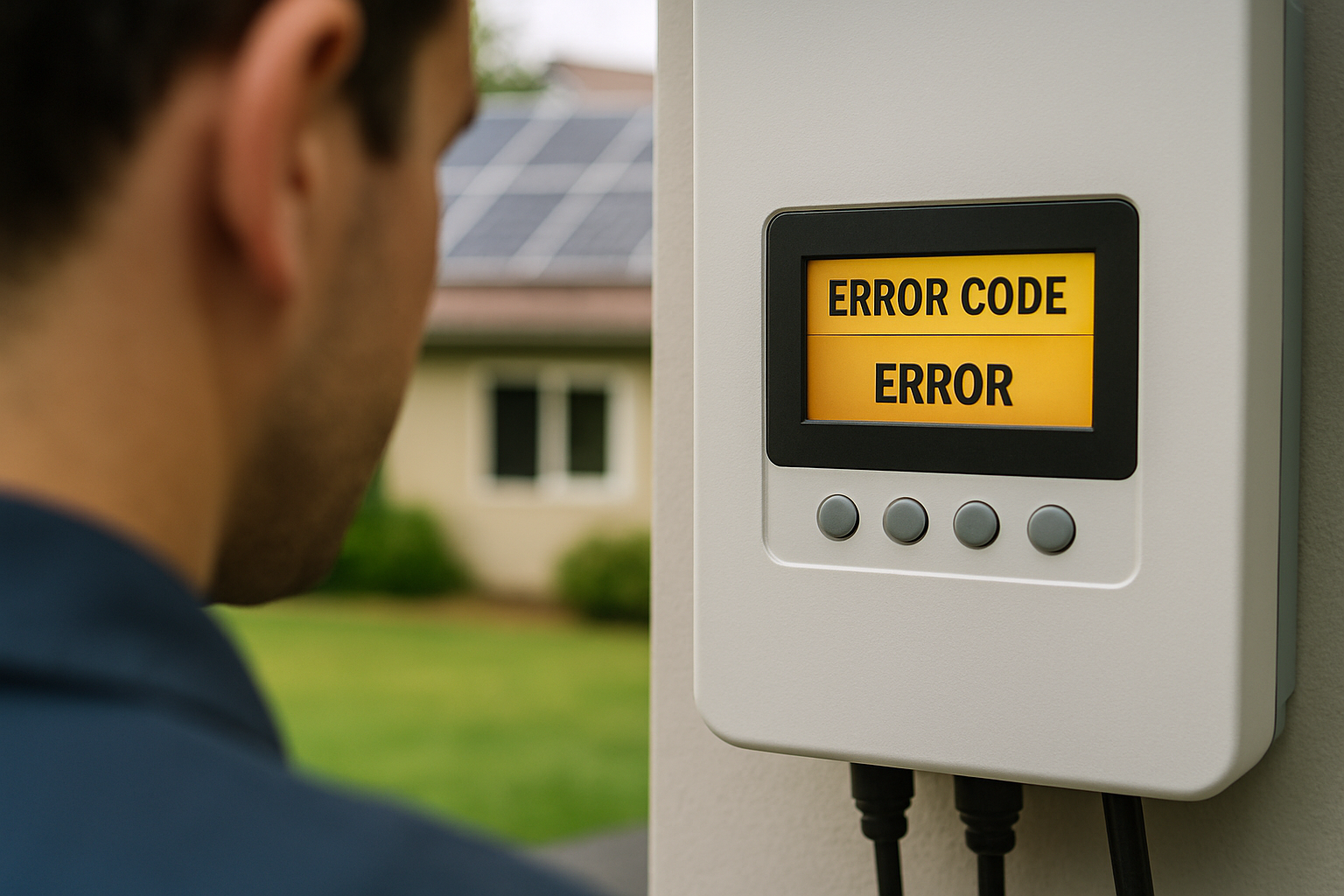Modern homes increasingly rely on Energy Storage Systems (ESS) for energy independence and reliability. Specifically, Lithium Iron Phosphate (LiFePO4) batteries are a popular choice due to their high performance and dependable safety features. While these systems are robust, they communicate their status through alarms. Understanding these alerts is vital. Some alarms are minor warnings you can address, while others signal a critical issue requiring immediate professional attention. Knowing the difference protects your system and ensures continuous power.

Decoding LiFePO4 ESS Alarms
LiFePO4 ESS units are sophisticated systems. They constantly monitor various parameters to ensure safe and efficient operation. When a parameter falls outside its normal range, the system triggers an alarm. These alarms serve as early warnings, preventing potential damage or system failure.
Common Alarm Categories
- Voltage Alarms: These indicate issues with battery cell voltage, either too high (overvoltage) or too low (undervoltage). Prolonged overvoltage can damage cells, while undervoltage can lead to deep discharge, reducing battery lifespan.
- Temperature Alarms: LiFePO4 batteries operate best within a specific temperature range. Alarms for high or low temperatures suggest environmental issues or internal battery problems. Extreme temperatures can compromise battery performance and safety.
- Current Alarms: These alerts relate to the flow of electricity. Overcurrent alarms, for instance, might indicate excessive power draw or a short circuit.
- Communication Alarms: Modern ESS units rely on internal communication between components like the battery management system (BMS), inverter, and other modules. A communication alarm signifies a breakdown in this vital data exchange.
- Fault Alarms: These are often more general but critical, indicating a serious malfunction within the system that prevents normal operation.
Initial Steps When an Alarm Sounds
When your LiFePO4 ESS triggers an alarm, your immediate reaction can often resolve minor issues or prevent escalation. Begin by taking a calm, methodical approach.
Consulting Your User Manual
Every ESS comes with a detailed user manual. This document is your primary resource for understanding specific alarm codes. It provides explanations for each code and outlines initial troubleshooting steps recommended by the manufacturer. Often, a simple reset procedure or checking a connection can clear a benign alarm.
Basic System Checks
- Visual Inspection: Check all visible cables and connections. Ensure they are secure and free from damage. Look for any signs of overheating, such as discoloration or melted insulation.
- Environmental Factors: Verify the system is operating within its specified temperature range. Ensure adequate ventilation around the ESS to prevent overheating.
- System Reset: For non-critical alarms, a controlled system reset might resolve temporary glitches. Always follow the manufacturer's instructions for this process to avoid data loss or further issues.
When Professional Intervention is Non-Negotiable
While some alarms allow for user-level troubleshooting, many demand the expertise of a trained professional. Recognizing these critical signals ensures the safety and longevity of your energy system.
Persistent or Critical Alarms
If an alarm persists after you have performed basic troubleshooting steps, or if the alarm code indicates a severe fault, it is time to call for service. Critical alarms often point to internal component failures or significant operational anomalies that require specialized diagnostic tools and knowledge.
Safety-Related Indicators
Any alarm accompanied by physical signs of trouble demands immediate professional attention. These include:
- A burning smell or visible smoke.
- Unusual noises coming from the ESS or inverter.
- Rapid or extreme temperature increases of the battery unit.
- Visible damage to the battery casing or electrical components.
These indicators suggest a potential safety hazard, such as an electrical short or thermal runaway, which only qualified technicians can safely address.
Complex System Faults
Modern energy systems are intricate. They integrate various technologies, including lithium batteries, hybrid inverters, and solar panels. Issues stemming from the complex interaction between these components often require expert diagnosis. For instance, according to The Power of Transformation, reliable operation of a power system critically depends on various system services, which contribute to maintaining system frequency and voltage levels. This complexity extends to smaller, integrated systems, where maintaining these services often requires specialized knowledge.
Problems like inconsistent power output, frequent tripping of breakers unrelated to external loads, or errors indicating a failure in the battery management system (BMS) are complex. These often require a technician to perform in-depth diagnostics, potentially involving firmware analysis or component replacement. Innovation Outlook: Smart charging for electric vehicles highlights the importance of monitoring parameters like battery health and potential reduced battery lifetimes, a principle that applies universally to energy storage systems. Professional service ensures these vital aspects are correctly assessed and maintained.
The Indispensable Value of Professional Service
Calling on professionals for your LiFePO4 ESS alarms is an investment in your energy independence and peace of mind. Our company, with years of experience in the solar industry, focuses on reliable and scalable energy solutions, including LiFePO4 battery manufacturing and integrated ESS development. This expertise directly translates into the quality of service you receive.
Ensuring Safety and Longevity
Trained technicians possess the knowledge and tools to diagnose issues accurately and safely. They can identify underlying problems that might not be apparent to the untrained eye, preventing minor issues from escalating into major, costly failures. This proactive approach helps extend the operational lifespan of your LiFePO4 ESS, protecting your valuable investment.
Maintaining System Efficiency
An alarm, even a seemingly minor one, can indicate reduced system efficiency. A professional can calibrate your system, optimize its performance, and ensure all components are working in harmony. This ensures your system continues to provide consistent and efficient power, maximizing the benefits of your solar and storage setup. As Electricity Storage Valuation Framework notes, electricity storage provides a wide range of services that support solar and wind integration, underscoring the importance of a well-functioning ESS for overall energy system stability.
Access to Specialized Tools and Knowledge
Professionals have access to proprietary diagnostic software, specialized testing equipment, and deep technical knowledge. This enables them to pinpoint the exact cause of an alarm, perform necessary repairs, or replace faulty components with genuine parts. Their expertise is crucial for complex systems, such as behind-the-meter ESS and solar PV systems, where regulatory and technical intricacies can influence performance, as discussed in Status of Power System Transformation 2019.
Protecting Your Energy Future
Your LiFePO4 ESS is a critical part of your home's energy infrastructure. While basic troubleshooting is valuable, recognizing when an alarm signals the need for professional help is paramount. Prompt action ensures your system operates safely, efficiently, and reliably for many years. Trusting experts with complex or persistent alarms protects your investment and secures your path to energy independence.





Leave a comment
All comments are moderated before being published.
This site is protected by hCaptcha and the hCaptcha Privacy Policy and Terms of Service apply.